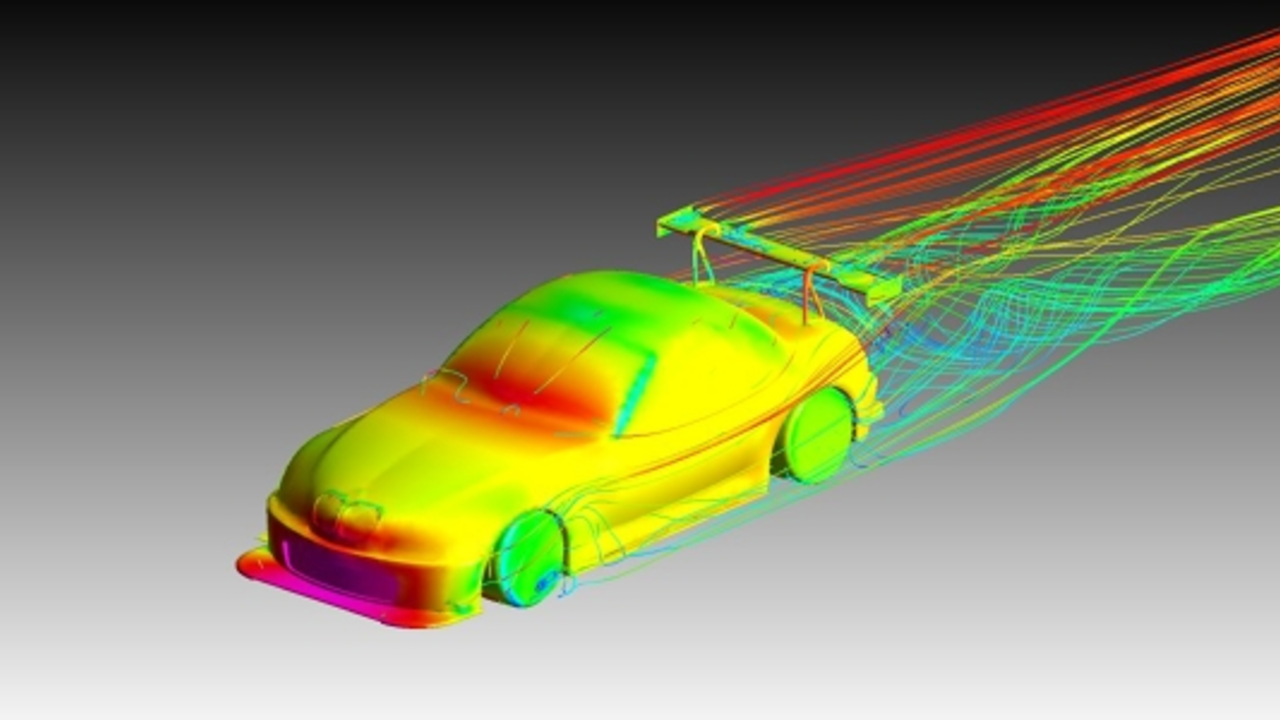The Importance of Aerodynamics in Racing Cars
The first thing to delve into when discussing the height of racing cars is the crucial role of aerodynamics. Aerodynamics, in simple terms, is the study of how air moves around objects. When it comes to racing cars, it's all about minimizing air resistance, or drag, and maximizing downforce. The lower the car, the less air can get underneath it, which helps to create a downward force that keeps the car glued to the track. This makes the car more stable and allows it to corner at higher speeds without losing grip.
In the world of racing, every millisecond matters. Therefore, any factor that can contribute to a decrease in time is considered, and aerodynamics is one of the most significant. Engineers and designers go to great lengths to ensure that racing cars are as aerodynamically efficient as possible, and the height of the vehicle plays a crucial role in this.
Stability and Center of Gravity
Another reason why the height of a racing car is kept small is to lower the center of gravity. Having a low center of gravity means the weight of the car is closer to the ground, which vastly improves stability and handling. When a racing car takes a corner at high speed, the forces acting on it want to tip it over. However, a low center of gravity helps to counteract these forces, allowing the car to stay upright and maintain its line through the corner.
The lower the center of gravity, the less the car will lean in the corners, reducing the risk of it toppling over. It also allows the tires to maintain better contact with the road surface, enhancing grip and control. Therefore, keeping the height of a racing car small is vital in ensuring superior handling and overall performance on the track.
Weight Considerations and Performance
The height of a racing car also impacts its weight and, consequently, its performance. A shorter car will typically be lighter than a taller one, mainly because it requires less material to build. This reduction in weight can significantly impact a car's speed and agility, both of which are crucial in racing.
Furthermore, a lighter car will use less energy to move, meaning it can go faster for longer. The engine doesn't have to work as hard to propel the car forward, making it more efficient. This is particularly important in endurance races, where the aim is to cover as much distance as possible in a set amount of time.
The Role of Safety
While performance is crucial, it's vital not to overlook the importance of safety. Racing is inherently risky, and the design of the car can play a significant role in protecting the driver. A lower car is less likely to roll over in the event of a crash, making it safer for the driver.
Moreover, the lower the car, the more evenly spread the impact forces are in a crash. This means that the driver's compartment is less likely to get crushed, protecting the driver from serious injury. Therefore, the small height of racing cars is not just about performance; it’s also about ensuring the safety of the driver.
The Regulations and Standards
Lastly, the height of a racing car is often dictated by the regulations of the racing series. These regulations are set to ensure fairness and safety, and they can be quite specific about the dimensions of the cars, including their height.
These rules are in place to prevent any team from gaining an unfair advantage and to maintain the spirit of competition. They also ensure that all cars meet certain safety standards to protect the drivers. Therefore, the height of a racing car is not just a matter of design preference or aerodynamic efficiency; it's also a matter of adhering to the rules of the game.
